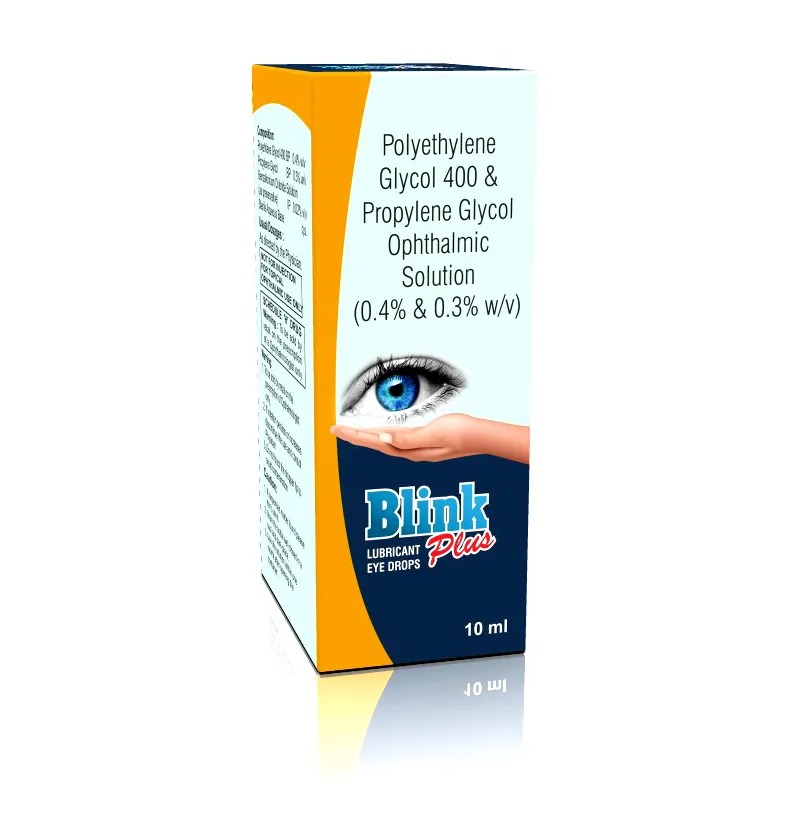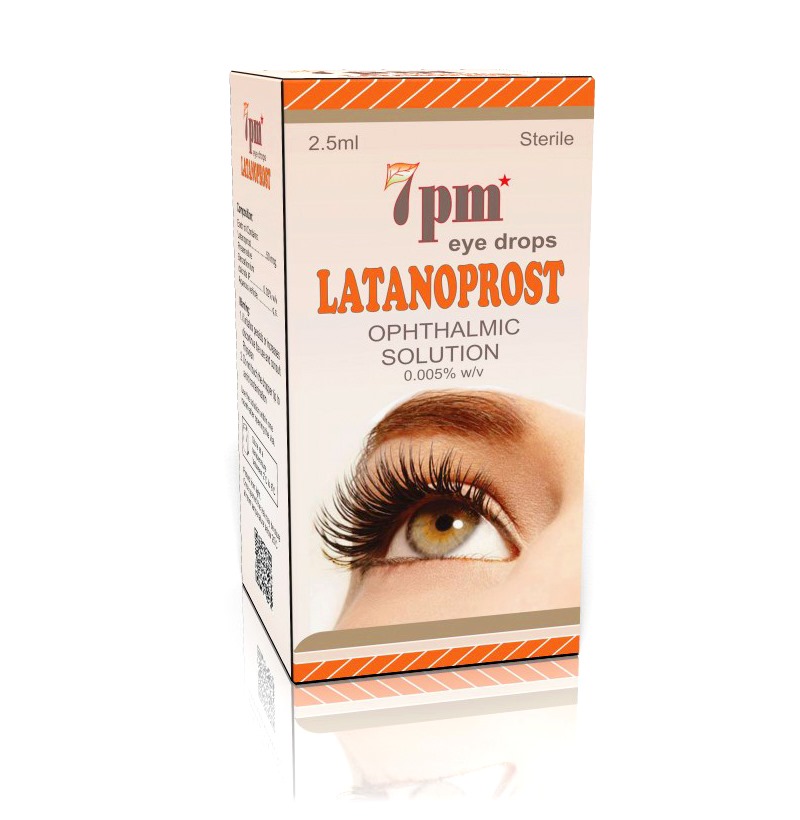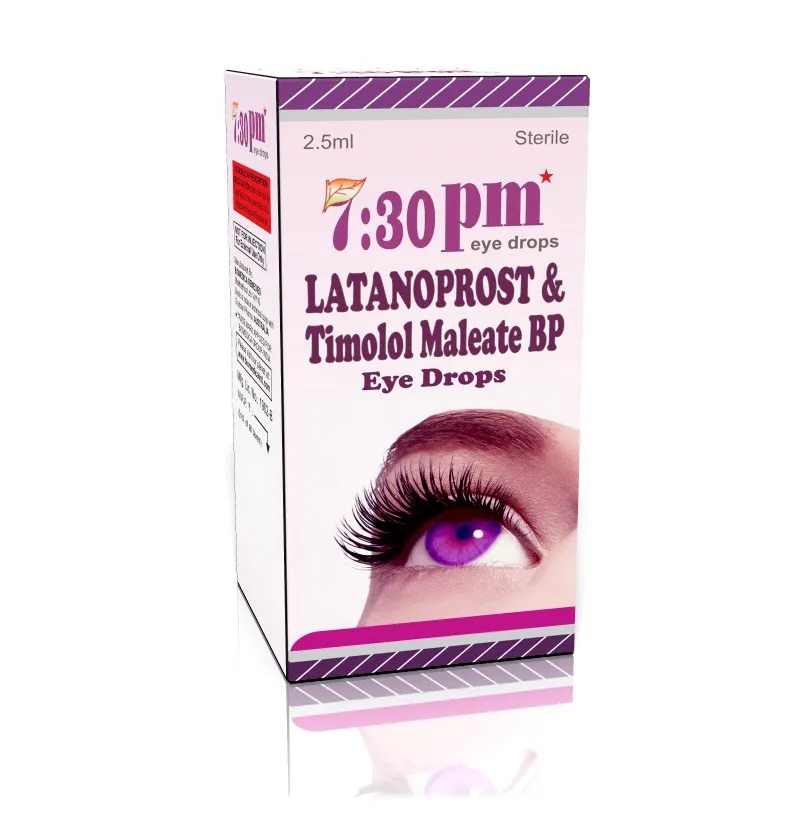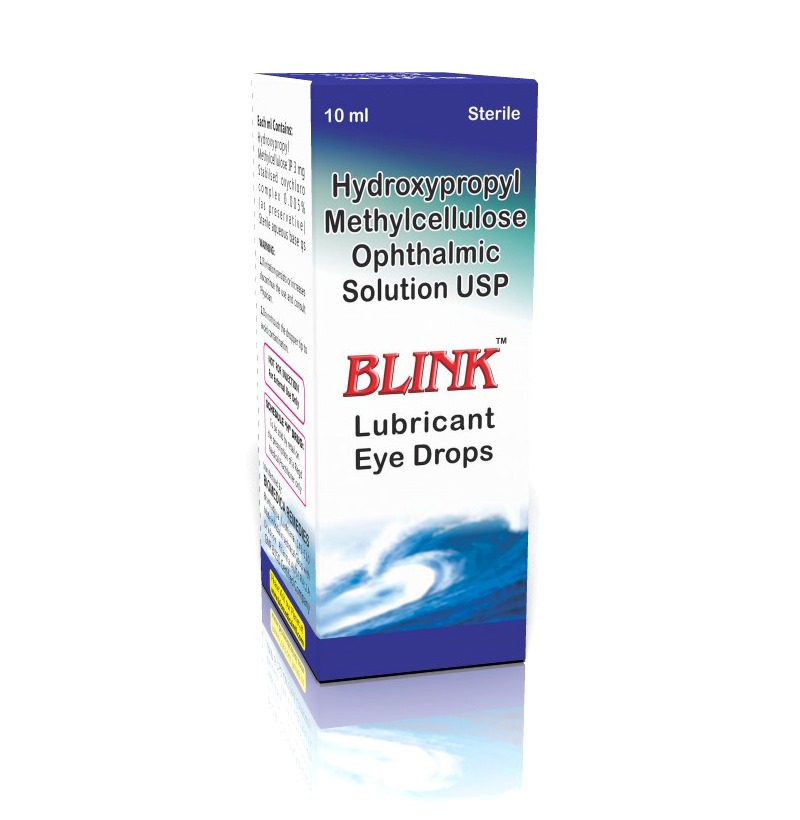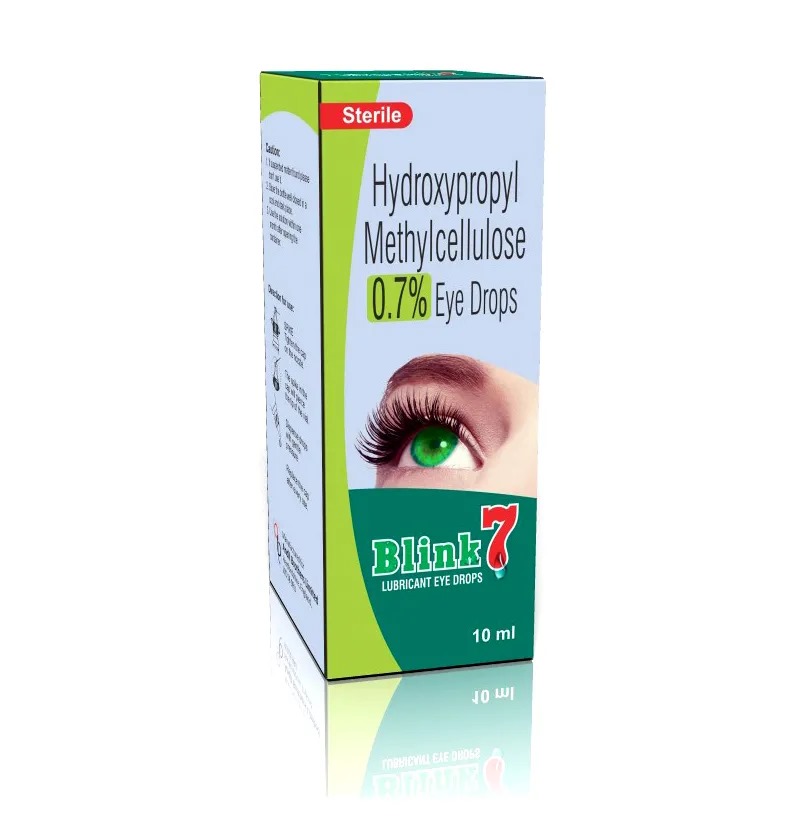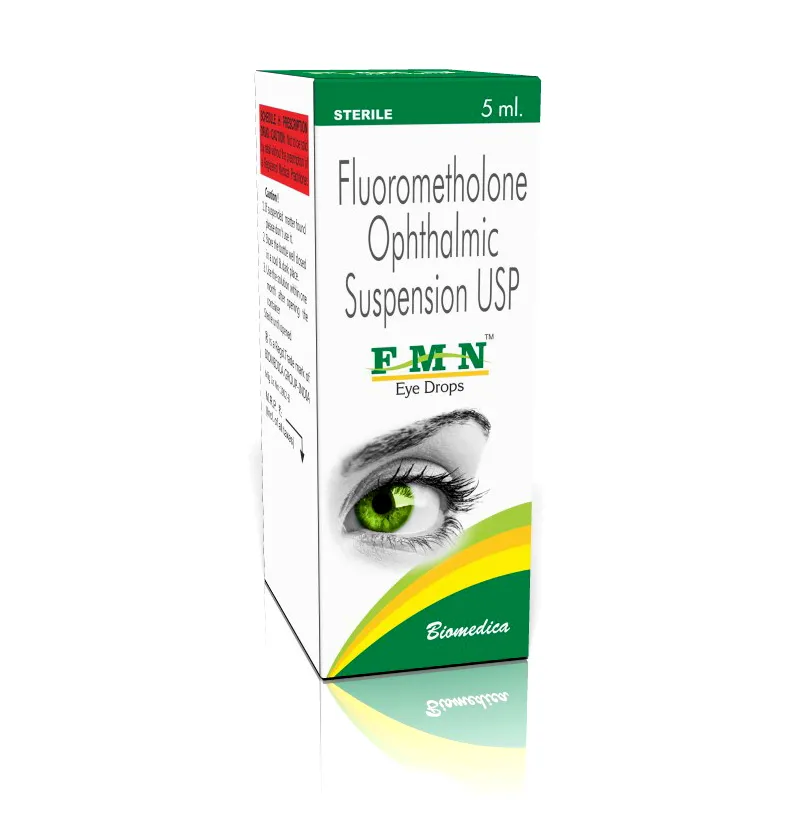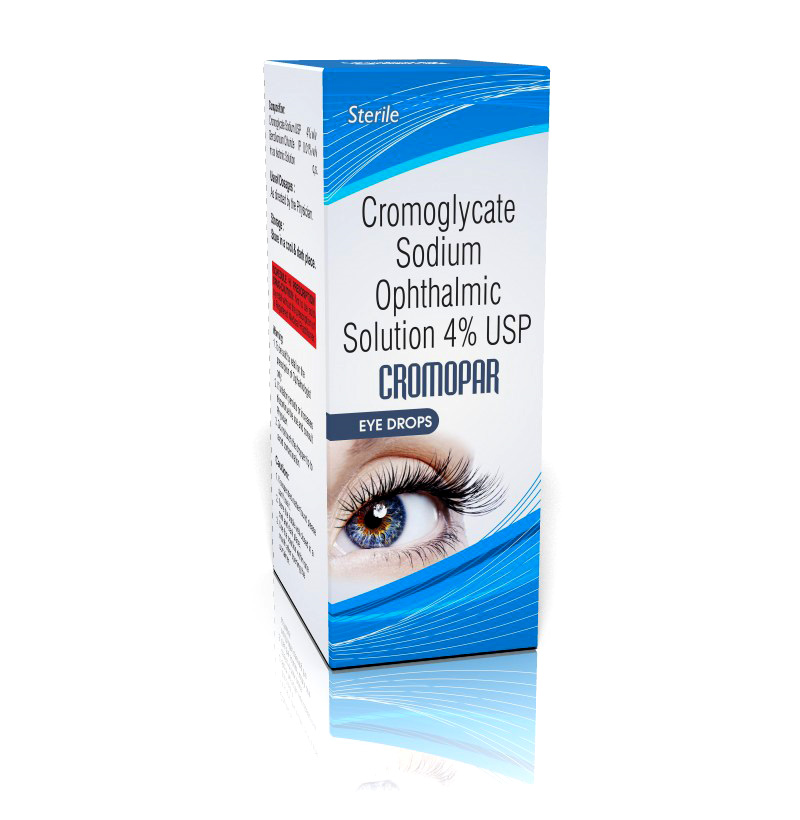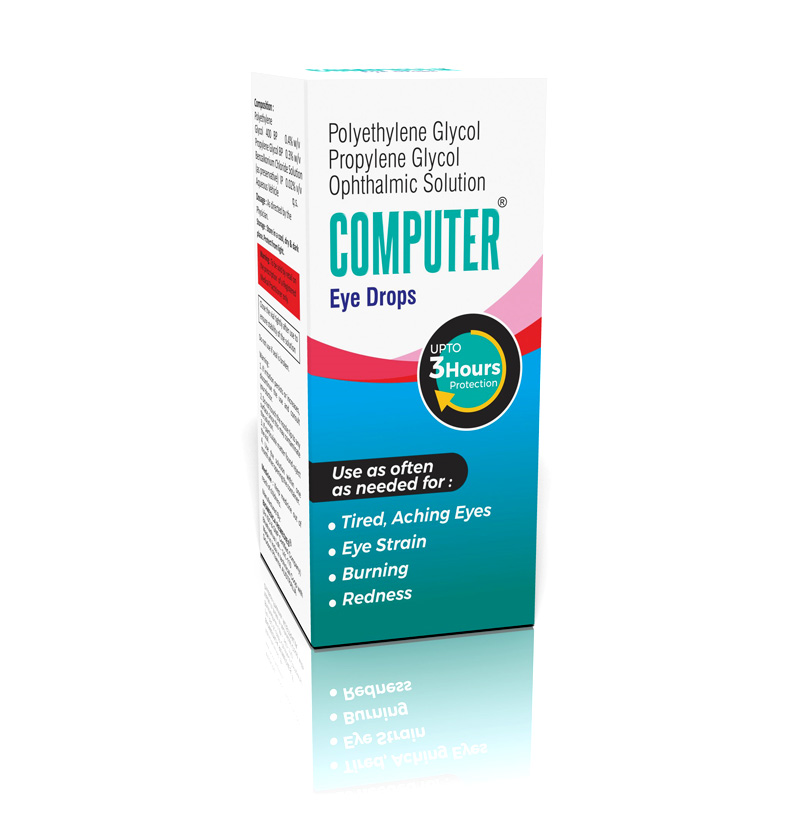HYLA FRESH (Sodium Hyaluronate) Eye Drops are designed to provide relief for dry, tired, or irritated eyes. These drops combine sodium hyaluronate with Euphrasia officinalis (Eyebright) extract, offering a soothing effect for various eye discomforts. ________________________________________ 🔍 Uses • Dry Eye Relief: HYLA FRESH helps alleviate dryness caused by environmental factors such as air conditioning, heating, or prolonged screen time. • Contact Lens Comfort: Provides lubrication to reduce discomfort associated with contact lens wear. Environmental Irritation: Soothes eyes irritated by wind, dust, or pollen exposure. Post-Surgical Care: Assists in the healing process following eye surgeries by maintaining moisture and reducing irritation. ________________________________________ 💧 Dosage and Administration • General Dosage: Instill 1–2 drops into the affected eye(s) as needed. • Application Method: 1. Wash your hands thoroughly. 2. Tilt your head back and gently pull down the lower eyelid to create a small pocket. 3. Place the dropper tip near the eye without touching it. 4. Squeeze the bottle to release the prescribed number of drops. 5. Close your eye and blink several times to spread the solution evenly. ________________________________________ ⚠️ Side Effects and Precautions • Common Side Effects: o Temporary blurred vision. o Mild burning or stinging sensation upon application. • Serious Side Effects: o Persistent eye discomfort or redness. o Signs of an allergic reaction (rash, itching, swelling). • Precautions: o Consult a healthcare provider before use if you have any known allergies to the ingredients. o Avoid touching the dropper tip to any surface to prevent contamination. o If you wear contact lenses, remove them before applying the drops unless otherwise directed by your doctor.
Send Message
